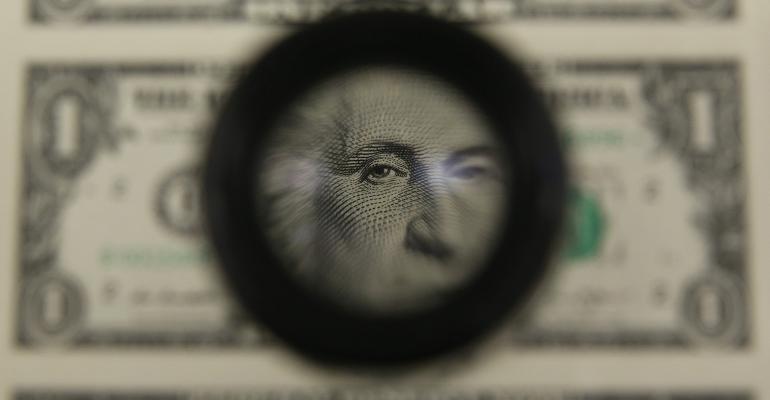American savers have missed out on an estimated $500 to $600 billion since 2009 because of low interest rates, according to a statistic in a Wells Fargo analyst note. The low rate environment produced by quantitative easing is a "hangover that still exists today," according to the note, which will be paid by savers for "many years." The note was prepared in advance of Wednesday’s congressional testimony by several bank CEOs.
The estimation comes from an assumption of average deposit yields of roughly 1.5% per year on $6.6 trillion of domestic interest-bearing deposits (the average between 2009 and 2018), noted Mike Mayo, senior analyst at Wells Fargo. The note calls it a “lasting penalty.”
While investors might just be learning about the money they missed out on because of low rates, some are hungry for better rates. Fintech companies and advisors have been eager to show value by providing cash management solutions that help to chip away at the billions of dollars lost by savers. Betterment and Wealthfront both have cash solutions marketed as providing better returns than those offered by most banks, while no-commission trading app Robinhood netted hundreds of thousands of sign-ups when it said it would be providing a high-interest cash solution. A recent survey even found that investors are more likely to want a better return on their cash than free trading or a service that automatically divvies up a paycheck across savings or investing solutions.





